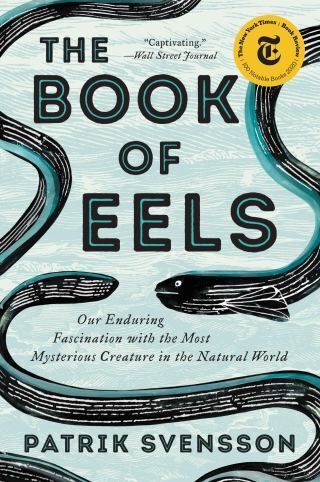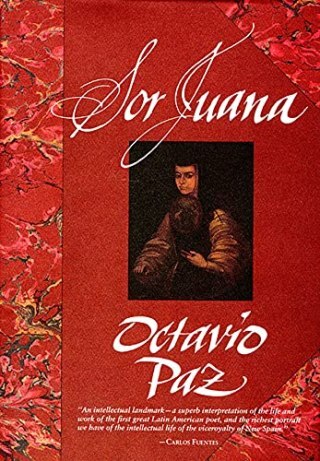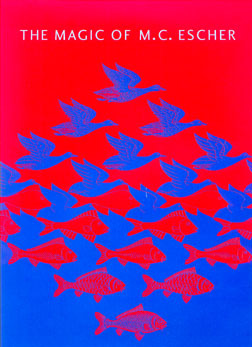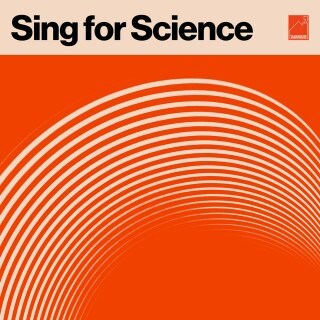Maria Popova's Blog, page 54
November 21, 2022
Storytelling and the Art of Tenderness: Olga Tokarczuk’s Magnificent Nobel Prize Acceptance Speech
“I have always felt that a human being could only be saved by another human being,” James Baldwin observed as he offered his lifeline for the hour of despair. “I am aware that we do not save each other very often. But I am also a...
November 20, 2022
How the Eel Almost Became America’s Thanksgiving Food

We habitually underestimate just how much chance and choice converge to make us who we are, as individuals and as cultures.
In the midsummer of 1620, the Mayflower set sail from England for America with 102 desperate optimists aboard seeking refuge from religious persecution in the New World, along with about thirty crew. By the time it dropped anchor at Cape Cod ...
November 19, 2022
The Poetic Science of the Aurora Borealis
On the evening of February 19, 1852, a scientist at the New Haven station of the nascent telegraph witnessed something extraordinary:
A blue line appeared upon the paper, which gradually grew darker and larger, until a flame of fire followed the pen, and burned through a dozen thicknesses of the prepared paper. The paper was set on fire by the flame, and produced considerable smoke. The current then subsided as gradually as it came on...
What You Didn’t Know You Didn’t Know About the Aurora Borealis: How the Northern Lights Work and How We Solved the Science of the Cosmic Spectacle
On the evening of February 19, 1852, a scientist at the New Haven station of the nascent telegraph witnessed something extraordinary:
A blue line appeared upon the paper, which gradually grew darker and larger, until a flame of fire followed the pen, and burned through a dozen thicknesses of the prepared paper. The paper was set on fire by the flame, and produced considerable smoke. The current then subsided as gradually as it came on...
What You Didn’t Know You Didn’t Know About the Aurora Borealis
On the evening of February 19, 1852, a scientist at the New Haven station of the nascent telegraph witnessed something extraordinary:
A blue line appeared upon the paper, which gradually grew darker and larger, until a flame of fire followed the pen, and burned through a dozen thicknesses of the prepared paper. The paper was set on fire by the flame, and produced considerable smoke. The current then subsided as gradually as it came on...
November 17, 2022
How We Co-Create and Recreate the World: Octavio Paz on Sor Juana, Poetry as Rebellion, and the Creative Collaboration Between Writers and Readers
All societies are both the creators of their myths and are created by them. All artists are the makers and remakers of our myths of meaning — myths we co-create whenever we engage with art. The best of them transmigrate across societies and epochs, naming what is difficult to name and difficult to bear, touching other lives — often lives wildly different from the artist’s — with that luminous longing for elemental truth that is the...
November 15, 2022
M.C. Escher on Creativity and Grasping the Largest Mystery Through the Immense Beauty of the Very Small
Nothing shapes our experience of reality, and nothing limits it, more than our frames of reference. Every transcendent achievement of perspective is the product of a shift in the frame of reference, as is the hard-earned glory of maturity.
Few artists have recognized this more clearly and made of that recognition a more enchanting plaything than M.C. Escher (June 17, 1898–March 17, 197...
Le Monde de la Mer: Stunning 19th-Century French Illustrations of the Wonders of the Sea
In 1866, the year the young German marine biologist Ernst Haeckel coined the word ecology while working on his otherworldly illustrations of jellyfish, a kindred book appeared across the artificial divide of ecosystems that is the national border — a lavishly illustrated volume by the French naturalist and physician Christian Horace Benedict Alfred Moquin-Tandon, former Director of the French Academy of Sciences, published under...
November 13, 2022
Nature Is Always Listening: The Science of Mushrooms, Music, and How Sound Waves Stimulate Mycelial Growth
Fungi are the evolutionary cardinals of the Earth — the first to conquer it and the last to inherit it, composing the living substratum beneath every forest and every field and every backyard ecosystem. Each cubic inch of mycelium compresses eight miles of fine filaments folded unto themselves — the original superstrings of this terrestrial universe. Wildly unlike us, they are inseparable from our creaturely inheritance. Since the ...






